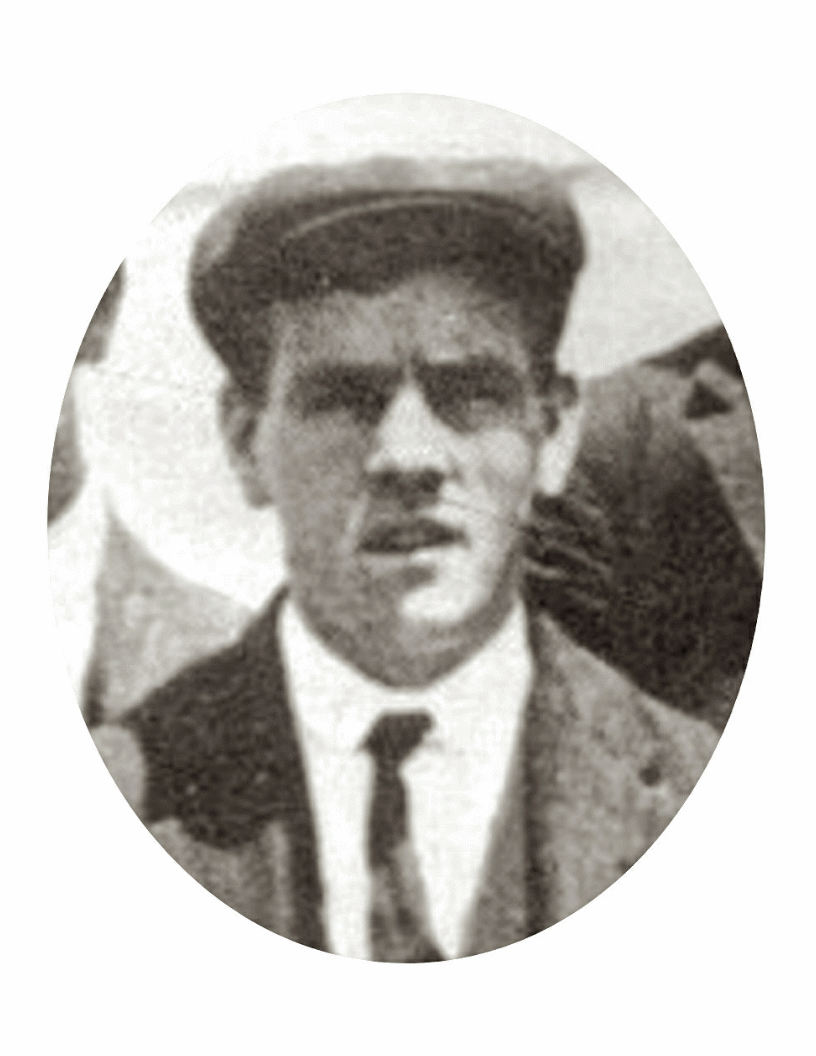Frederick Fleet

Frederick Fleet (October 15, 1887 – January 10, 1965) was a crewman and survivor of the sinking of the RMS Titanic after it struck an iceberg on 14 April 1912. Employed as a lookout aboard Titanic, it was Fleet who first sighted the iceberg, ringing the bridge to proclaim, "Iceberg, right ahead!" Fleet testified at the inquiries that if he had been issued binoculars, he would have seen the iceberg sooner, because it was a blue iceberg in calm seas on a moonless night.
Fleet was one of the Titanic crewmembers assigned to man the lifeboats, after the ship started to go down. As such, he survived the ship's sinking and later served in the merchant service through World War I and again in World War II, after having been unemployed in the 1930s.
Frederick Fleet served onboard Titanic's sister ship 'Olympic' from 1920 to 1935 and signed on as ship's lookout and able bodied seaman.
When Fleet's wife died shortly after Christmas 1964, he became depressed and committed suicide by hanging two weeks later in January 1965. Many have said that in many ways, Fleet was also the last victim of Titanic. People who knew him said that he suffered from terrible guilt all his life because he had lived while so many perished. Out of 2,227 passengers and crew on Titanic, he was one of only 706 who survived. Fleet was buried in a pauper's grave at Hollybrook Cemetery, in Southampton. The grave went unmarked until 1993, when a headstone bearing an engraving of Titanic was erected through donations by the Titanic Historical Society.
References
- Bansemer, Roger (2003). Journey to Titanic. Pineapple Press. p. 82. ISBN 9781561642922. Retrieved 15 June 2009.
